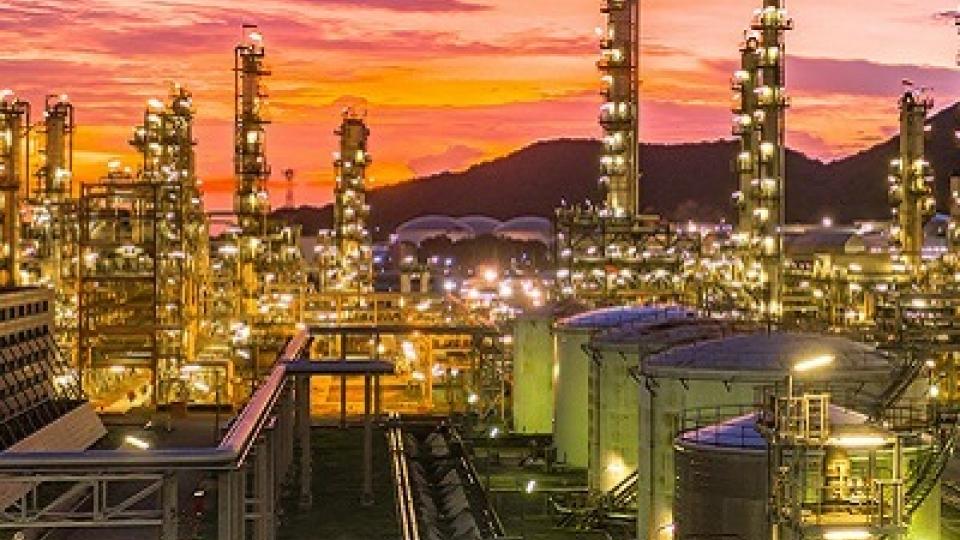
In part six of this series, we look at the opportunities and challenges for carbon capture.
Catalysts for change
By either making direct use of unique properties of fossil fuels such as high levels of heat or undertaking a process that results in non-energy carbon emissions, industrial emissions can be challenging to mitigate.
One approach to reducing the emissions associated with these applications is carbon capture. Often referred to as carbon capture and storage, carbon capture and sequestration (both CCS) or carbon capture utilization and storage (CCUS), there are four primary parts of the carbon capture value chain:
1. Capture: The separation of CO2 from other gases; most commonly thought of post-combustion (e.g. capturing waste gases), it is also possible via pre-combustion (e.g. modifying input fuels to create hydrogen and separate CO2) or oxyfuel (e.g. using pure oxygen for combustion to produce pure CO2 exhaust)
2. Transport: Compressing and transporting captured CO2 to sites for storage or use
3. Storage: Injecting the waste CO2 into geological formations, such as old oil or gas reservoirs or saline formations, for permanent storage
4. Usage: Putting the captured CO2 to an economic or positive use in lieu of geological storage; some uses result in permanent removal effectively acting as storage while others are only temporary
Lees hier het volledige artikel >>
Bezoek onze Insights-pagina om alle artikelen uit de carbon-serie te lezen. Onderwerpen zijn: energy transition, energy efficiency, renewables, energy storage and low carbon fuels.




